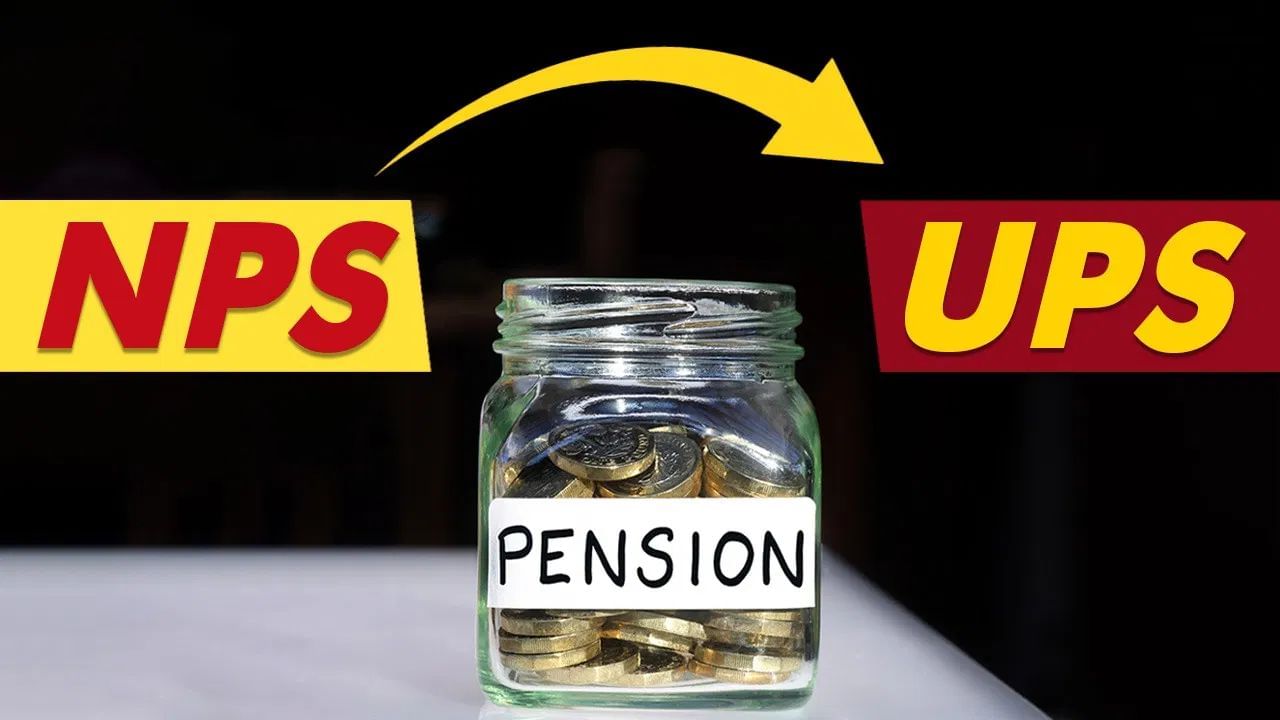Unified pension scheme
There is news of relief for retirement planning. The government has announced that the tax benefits that are received under the National Pension System (NPS) will now also apply to the new Unified Pension Scheme (UPS). The Finance Department of the Finance Ministry introduced the UPS through a notification of 24 January 2025.
The scheme has been implemented since 1 April 2025 and is available as an alternative to NPS for newly recruited employees in the Central Government Civil Services. Apart from this, existing NPS employees will also get a chance to convert to UPS once. To implement this scheme, the Pension Fund Regulatory and Development Authority (PFRDA) issued the rules related to UPS on 19 March 2025.
Giving tax exemption like NPS to UPS by the government means that now both schemes will be parked. This will also provide relief to the employees and will also get encouragement to adopt a new scheme. Officials say that this step indicates the goal of the government, in which transparent, flexible and tax-friendly retirement schemes can be given.
What changed UPS vs NPS?
The biggest criticism of NPS was that it did not have a system of earlier “defined benefits”, that is, the fixed monthly pension was not available. In this, the fixed amount is invested, but the return depends on the market, due to which the amount received after retirement is uncertain.
In comparison, guaranteed pension will be given in UPS
If the employee has served 25 years or more, then 50% of the last 12 months average salary will be available as pension. Those whose service is less than 10 years will be guaranteed pension at least Rs 10,000 per month. Those serving between 10 and 25 years will be given pension in the same proportion. Also, through dearness allowance in pension, there will also be an increase according to inflation, which is not in NPS.
Contribution and benefits to UPS
- Employees will contribute 10% of their original salary and dearness allowance.
- The employer (government) will also contribute equally, as well as an additional 8.5% in a separate fund.
- In this way, the total stake in the UPS will be 18.5%, while in NPS it is just 14%.
Unbended payment will also be available in UPS
On the service of every 6 months, 1/10 part of the basic salary + DA, ie 25 years of service will get a salary of about 5 months. According to experts, long -term returns of UPS may be better than NPS. For example, if an employee joins UPS at the age of 25, his lifetime returns (IRR) is estimated at 9.37%. Whereas to give NPS the same benefit, 12.24% annual return will have to be given.
As the age of the employee increases, the benefit of UPS increases further, so this scheme is being considered more beneficial for those who are close to retirement. The government has not only given tax benefits to UPS but has also introduced it as a safe, fixed pension scheme, which can become more attractive and reliable option than NPS.
